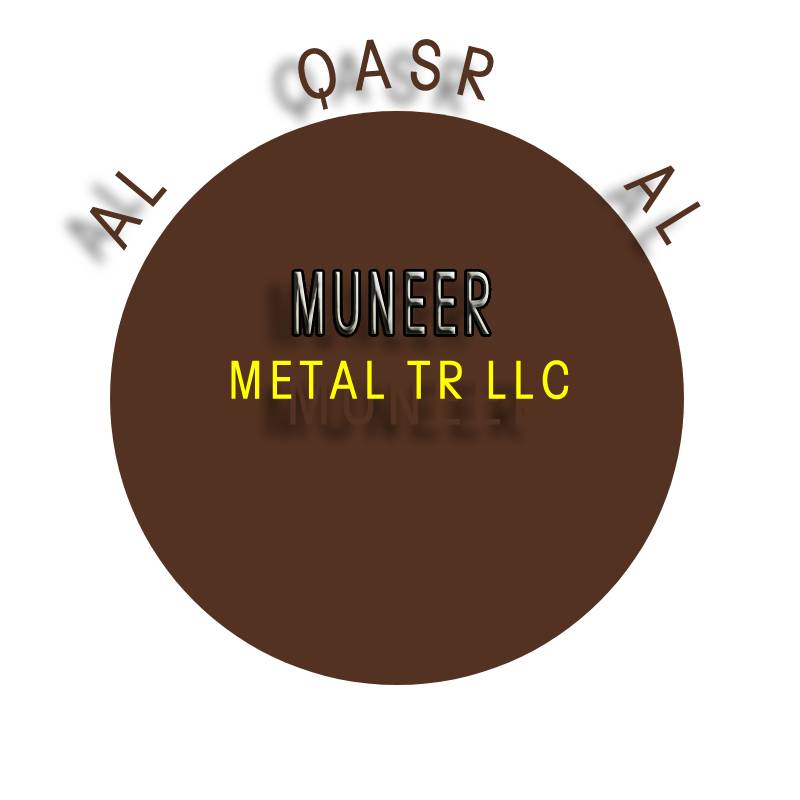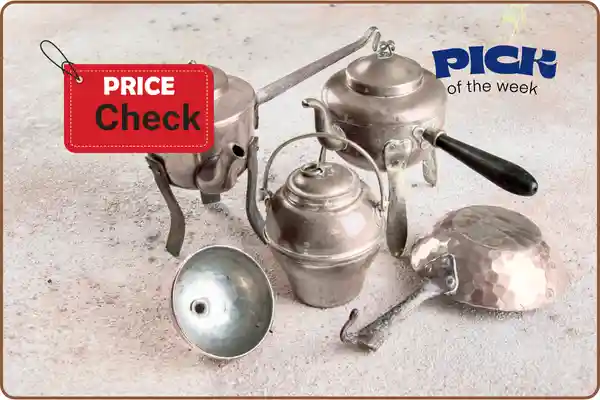Sell us today , the scrap metal copper
“Got scrap copper? We buy it! Sell your copper wire, pipes, tubing, and more for top cash. Fast payments, great prices, and hassle-free service. Turn your unused copper into money today—contact us now to get the best deal!”
Overview of Scrap Metal Copper
Copper is one of the most valuable and widely recycled non ferrous metals in the scrap industry. Known for its excellent conductivity, corrosion resistance, and malleability, Cu is a critical material in various industries, including electrical, construction, plumbing, and electronics.
Recycling red metal is not only economically beneficial but also environmentally sustainable, as it reduces the need for mining and conserves natural resources.
Scrap Metal copper is categorized based on its purity, form, and condition. It is highly sought after in the scrap market due to its high resale value and versatility in manufacturing new products.
Kinds of Scrap Metal Copper
Copper junk is classified into several categories based on its quality and form. The most common types include:
1 Copper (Bare Bright
The highest grade of copper junk is clean, unalloyed, and uncoated copper wire or tubing with no oxidation, paint, or solder and must be at least 1/16th of an inch thick, typically seen in forms such as shiny copper wire and clean copper piping.
2 Copper
This grade is slightly lower than #1 copper. It may have minor impurities such as solder, paint, or light oxidation but must still be unalloyed and at least 1/16th of an inch thick. Examples include copper with solder joints and tarnished copper tubing.
Copper (Light)
This is a lower grade due to significant oxidation, paint, or other contaminants. It often includes thin sheets, roofing, or gutters but must still be unalloyed.
Cu Wire (Insulated and Uninsulated)
This includes both bare bright copper wire and insulated copper wire. The insulated wire is stripped of its coating to increase its value. It is commonly found in electrical wiring and cables.
Copper Tubing
Clean copper tubing from plumbing or HVAC systems can be classified as #1 or #2 depending on its condition.
Copper Solids
Thick copper pieces, such as bus bars, copper plates, or heavy copper piping, must be clean and unalloyed to fetch a higher price.
Copper Alloys
This includes metals like brass (copper and zinc) and bronze (copper and tin). While it has a lower value than pure copper, it is still recyclable.
Copper Breakage
Small or fragmented pieces of copper, often mixed with other materials, require sorting and cleaning to increase value.
Other Important Information About Copper junk
Pricing
The price of copper junk fluctuates based on market demand, purity, and global copper prices. #1 Copper typically fetches the highest price, followed by #2 and #3.
Recycling Process
Scrap metal copper is collected, sorted, cleaned, and melted down to produce new copper products. Recycling copper uses significantly less energy compared to mining and refining new copper
Common Sources of Scrap Metal Copper
Electrical wiring and cables, plumbing pipes and fittings, electronics (circuit boards, transformers, motors), HVAC systems, and automotive parts (radiators, wiring harnesses) are all common sources of copper scrap.
Environmental Benefits
Recycling copper reduces greenhouse gas emissions and conserves natural resources. Copper is 100% recyclable without losing its properties.
Tips for Sellers
Separate scrap by grade to maximize value. Remove any non-copper materials (e.g., insulation, solder, or paint) to increase purity. Stay updated on current copper prices to negotiate better rates.
Safety Considerations
Wear protective gear when handling copper junk, especially when cutting or stripping wires. Ensure proper disposal of any hazardous materials (e.g., insulation or coatings).
Conclusion
Scrap metal copper is a highly valuable and recyclable material that plays a crucial role in various industries. Understanding the different types of copper junk, their classifications, and the recycling process can help sellers maximize their profits while contributing to environmental sustainability. Whether you’re a scrapper, recycler, or manufacturer, copper remains a key commodity in the global market.

